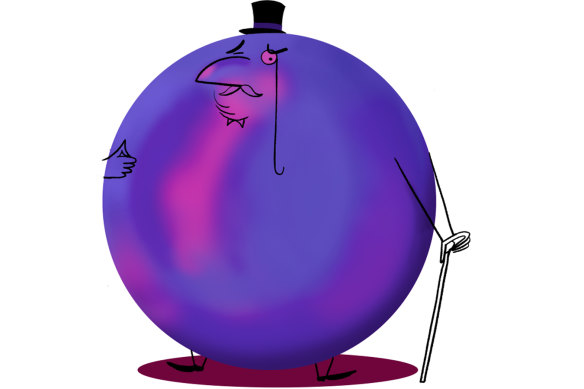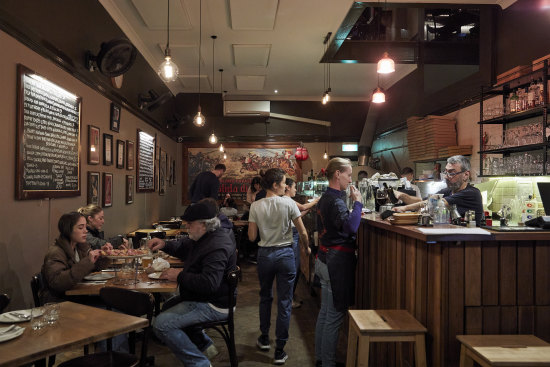Is Australian red wine becoming more alcoholic because of climate change?
I’ve read that some regions are becoming too hot and winemakers are having difficulty limiting alcohol to 15 per cent. Why is alcohol content increasing and is there a limit?
—D.B., Portarlington, VIC
No, we don’t have a limit on alcohol, and in some of the warmer regions, such as Rutherglen, the Barossa Valley and McLaren Vale, there are winemakers whose reds often exceed 15 per cent.
I’ve tasted red table wines with up to 17 per cent alcohol and this is natural alcohol – that is, it’s not fortified in the way of a port or liqueur muscat. Surprisingly, some of these wines taste balanced and attractive – neither spirity, “hot”, nor showing the lack of freshness that overripe grapes can sometimes impart. They’re very full-bodied, though.

There has certainly been a general increase in the alcoholic strength of Australian red table wines over the past 20 to 30 years and debate continues as to why.
One answer is that with higher ambient temperatures, grapes reach physiological ripeness (flavour and tannin ripeness) later than they used to. In other words, the sugar level (the potential alcohol) in ripening grapes rises faster than their physiological ripeness. They can taste under-ripe even when they’re full of sugar, so winemakers wait longer before harvesting them.
Some point out that, with correct vineyard management, flavour and tannin ripeness can be achieved at sugar levels that aren’t excessive. Cullen in Margaret River grows its grapes biodynamically; its top red, Diana Madeline, is regularly 13.5 per cent alcohol. Other wineries, such as Penfolds, seldom print anything other than 14.5 per cent on the labels of their top reds. Back in the day, in the 1950s through to the ’70s, even Penfolds Grange was more often 12.5 to 13 per cent alcohol.
Fermentation methods also have an influence. Open-top fermenters release alcohol to the atmosphere during fermentation, but a trend towards closed-top fermenters started in the late ’70s. And before refrigeration was widespread, ice blocks were sometimes added to cool fermentations, which would have diluted the alcohol. Also, a little water can legally be added, a practice that may have been more common in the past.
Got a drinks question for Huon Hooke? thefullbottle@goodweekend.com.au
Continue this edition
The July 6 EditionUp next

Good Weekend Superquiz, July 6
Trivia buffs: test your knowledge with today’s interactive superquiz.
Previous

It won the Haberfield pizza duel, but is this icon still one of Sydney’s best pizzerias?
La Disfida’s warm-lit dining room and wood-fired winter cooking has serious pulling power.
The best recipes from Australia's leading chefs straight to your inbox.
Sign up